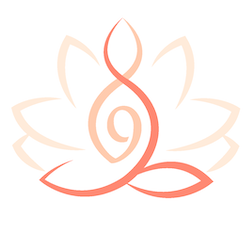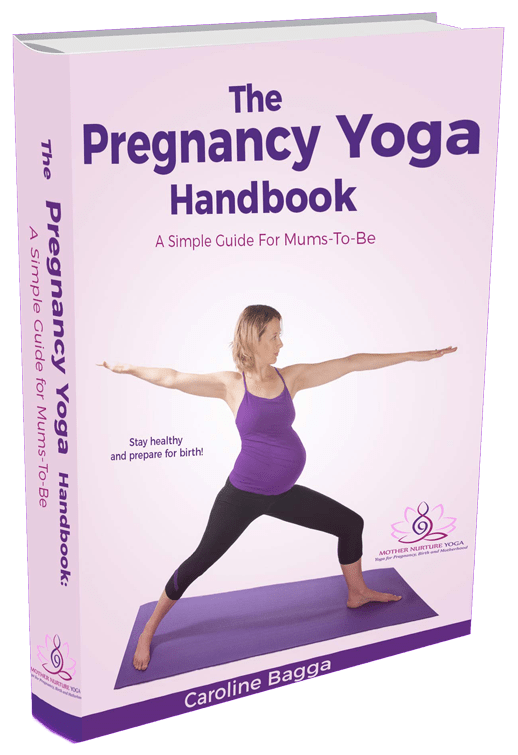During our Breastfeeding workshops, women have told us candidly of their concerns about breastfeeding. Here’s the top 3 worries, and some advice from Lactation Consultant, Midwife and Prenatal Yoga teacher, Keren Sharron.
1. Breastfeeding will hurt
Cracked, bleeding or blistered nipples can occur during the first few days of breastfeeding, as baby feeds every 2 – 4 hours. Try breastfeeding in different positions, and ensure baby is latching properly. If you’re concerned, have your midwife or lactation consultant check the latch. Try to allow your nipples to air dry in between feeds. Hydrogel pads and nipple shields can be a real life-saver if your nipples become sore.
2. I might get Mastitis
Mastitis is an inflammation in the breast tissue, often caused by a blocked duct. It can happen in the first week as your milk ‘comes in’, leading to breast engorgement and then mastitis. Or it can happen later on if you become run-down, stop feeding too quickly or wear a too-tight bra. You’ll experience body aches and flu-like symptoms, sometimes with a stabbing pain or red, sore area on the affected breast.
If you catch it early enough, you can hopefully self-manage this without antibiotics. Have a breast pump ready to express milk from the affected breast, or keep feeding baby as much as possible off that side. Use a heat pack on the breast prior to the feed, self-massage the breast tissue during the feed, moving the milk towards the nipple, and apply an ice pack after the feed. If symptoms don’t improve then seek advice from your lactation consultant or GP.
3. I’m worried I won’t have enough milk
For the first few hours and days, your body will produce colostrum, which is a rich, yellowy milk perfectly designed for your newborn. Skin-to-skin contact with your newborn will help to stimulate your supply. Feed according to baby’s demands, not on a schedule, remembering that baby’s tummy is tiny when they are first born. Over time, the two of you will work out a natural rhythm. As long as baby is weeing and pooing enough (your hospital will give you charts on this!) and putting on weight then everything is fine!
Breastmilk works on the simple principle of demand and supply. The more demand, the greater the supply. If you’re finding your breastmilk is running low, there’s some wonderful ideas on how to improve your supply on the Australian Breastfeeding Association website.
It’s important to look after yourself so drink plenty of water to stay hydrated, rest as much as possible and eat healthy food. Oats can be a great food for boosting supply. There are also breastfeeding teas available.
Keren teaches Breastfeeding Essentials workshops for Mother Nurture Yoga, where she covers the practical how to’s of breastfeeding, plus yoga for self-care, ways to release neck and shoulder tension, and acupressure points to increase your milk supply.
During the workshop, you’ll learn:
• Practical tips for breastfeeding: positioning, attachment, equipment and other logistics• What to expect in the first few weeks• Signs that your baby is getting enough milk• Ideas for dealing with potential challenges• Looking after yourself: Breastfeeding counter-stretches and ways to release neck and shoulder tension• Simple meditations, breathing techniques and relaxation tips• A recipe for yummy no-bake bliss balls to increase your milk supply!

Get immediate access to our online breastfeeding course






